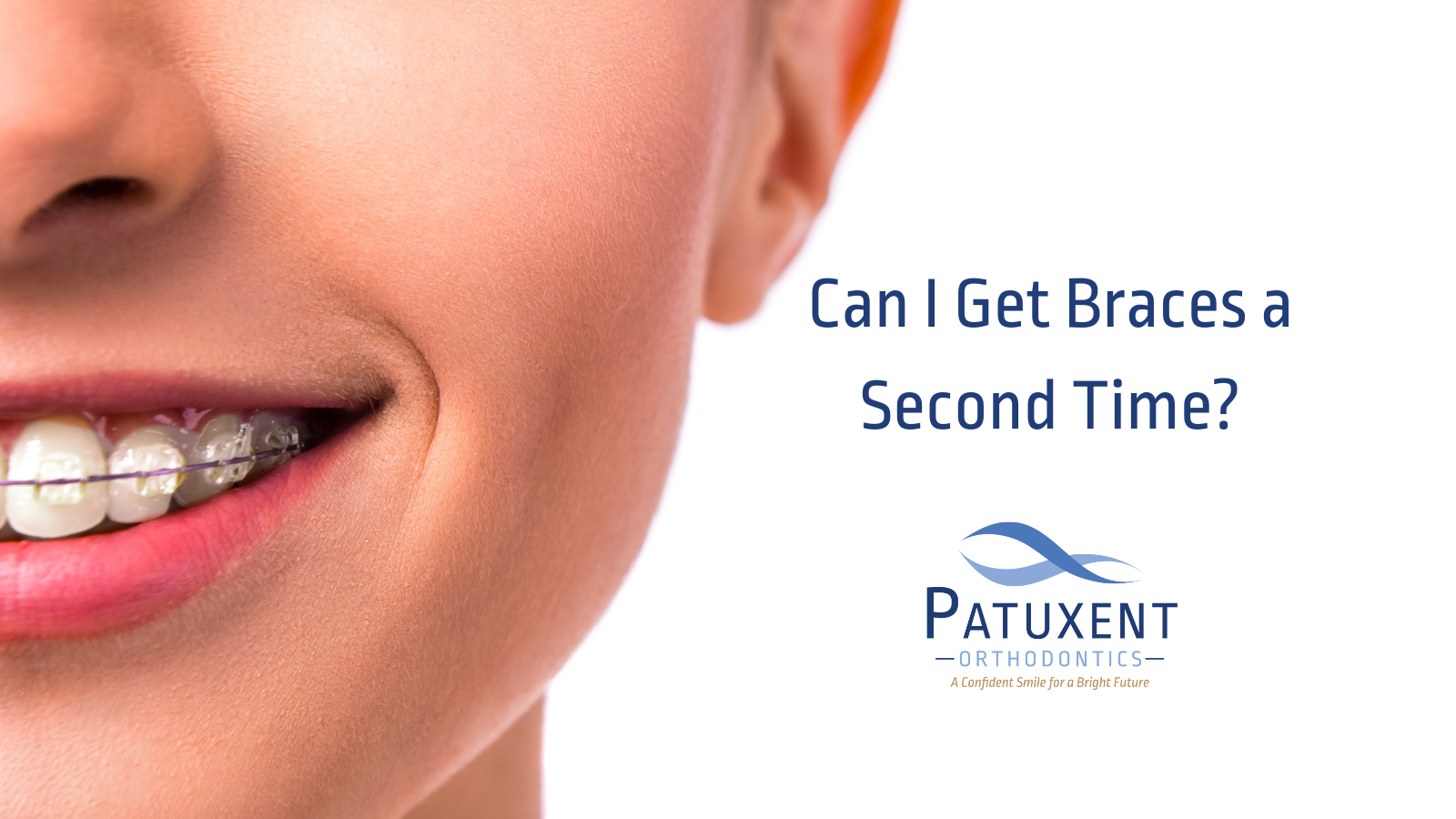Comprehensive Guide to Orthodontics Procedures for Dealing With Dental Misalignments
Understanding the ins and outs of each treatment, including their systems, benefits, and prospective drawbacks, is important in making notified decisions about one's orthodontic therapy. As we browse with the detailed guide to orthodontic procedures for correcting oral imbalances, the complex details of each method will unravel, dropping light on the path towards a functional and harmonious oral positioning.
Orthodontic Procedures Summary

Along with traditional braces and clear aligners, orthodontists may also advise other interventions like headwear, palatal expanders, or retainers to attend to certain alignment problems (cumming orthodontics). These procedures are tailored per client's unique requirements and might involve a combination of therapies to achieve the preferred outcomes. Normal adjustments and tracking are crucial parts of orthodontic therapy to ensure development gets on track and to make any kind of necessary adjustments in the process. By undergoing orthodontic procedures, individuals can not just attain a straighter smile but likewise enhance their total dental health and function.
Traditional Braces: How They Work
When taking into consideration orthodontic therapies for dental imbalances, standard braces attract attention as a tried and true method for dealing with teeth positioning. Traditional dental braces contain braces, wires, and bands that function together to use continuous stress on the teeth, gradually relocating them into the wanted alignment. The braces are connected to the teeth making use of a special adhesive, and the cords are threaded through the braces. By adjusting the stress of the wires, orthodontists can manage the instructions and force put on each tooth, guiding them right into proper positioning over time.
As pressure is applied to the teeth through the braces, the bone surrounding the teeth is reshaped to support the new tooth positions. Clients will need regular adjustments at the orthodontist's office to ensure the braces continue to use the proper stress for reliable teeth activity.
Unseen Aligners: Advantages And Disadvantages
These clear, personalized trays are practically unnoticeable when put on, making them an attractive option for people seeking an extra visually pleasing orthodontic therapy. Clients can remove the aligners prior to consuming or brushing their teeth, reducing the danger of food getting stuck in the home appliance and simplifying the cleaning procedure.

Surgical Orthodontic Options
Surgical interventions in orthodontics present practical choices for dealing with complicated dental misalignments that may not be efficiently fixed with traditional orthodontic treatments. While invisible aligners and traditional dental braces can deal with numerous orthodontic index issues, certain cases call for medical intervention to accomplish optimal outcomes. Surgical orthodontic alternatives are normally suggested for serious malocclusions, significant jaw disparities, and cases where the underlying bone framework requires adjustment to attain appropriate positioning.
One usual surgical orthodontic treatment is orthognathic surgery, which involves rearranging the jaws to remedy functional concerns such as difficulty speaking or chewing. This surgery is usually carried out in partnership with an orthodontist that aids line up the teeth prior to and after the procedure. Surgical orthodontics might likewise involve treatments to expose influenced teeth, eliminate excess periodontal tissue, or improve the jawbone to affordable cosmetic dentistry develop a much more harmonious face profile.
Prior to thinking about surgical orthodontic choices, patients go through a comprehensive analysis to identify the need and potential advantages of such interventions. orthodontics. While surgical treatment might seem daunting, it can substantially boost both the function and appearances of the smile in cases where traditional orthodontic therapies fall short
Retainers and Post-Treatment Care

Post-treatment care involves complying with the orthodontist's guidelines faithfully. This may include appropriate oral health techniques, participating in follow-up appointments, and wearing the retainers as recommended. Failing to abide by post-treatment treatment guidelines can cause relapse, where the teeth gradually move back towards their original positions. Constant retainer wear, great oral hygiene, and routine dental examinations are crucial for keeping the results accomplished via orthodontic surgical treatment and making certain the lasting security of the corrected oral alignment.
Verdict
In final thought, orthodontic treatments offer different alternatives for correcting oral misalignments. Traditional dental braces make use of metal braces and cables to shift teeth right into appropriate alignment. Unseen aligners offer an even more discreet alternative however might not appropriate for all situations. Surgical orthodontic alternatives are readily available for more serious misalignments. Retainers are typically used post-treatment to preserve the new alignment. Overall, orthodontic treatments can efficiently boost dental health and wellness and aesthetic appearance.
As we browse via the thorough overview to orthodontic procedures for remedying oral misalignments, the detailed details of each approach will certainly unravel, dropping light on the path toward a unified and functional dental alignment. - orthodontics
One of the most common orthodontic therapies is the use of dental braces, which consist of steel braces and wires that apply gentle pressure to slowly change teeth into the desired placement.When taking into consideration orthodontic treatments for oral misalignments, standard dental braces stand out as a tried and true method for correcting teeth positioning. Furthermore, undetectable aligners may not be appropriate for complicated orthodontic concerns that require even more significant teeth movement, as they are generally advised for light to moderate cases. Retainers are tailor-made orthodontic gadgets created to hold teeth in their dealt with positions after the completion of orthodontic therapy.